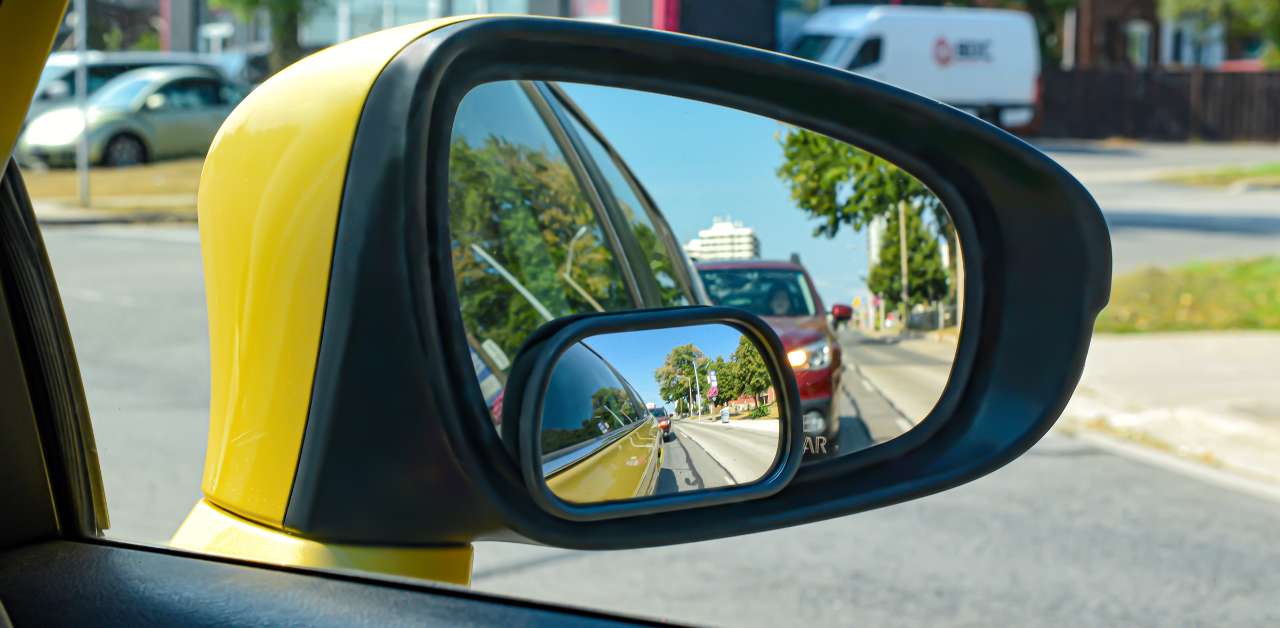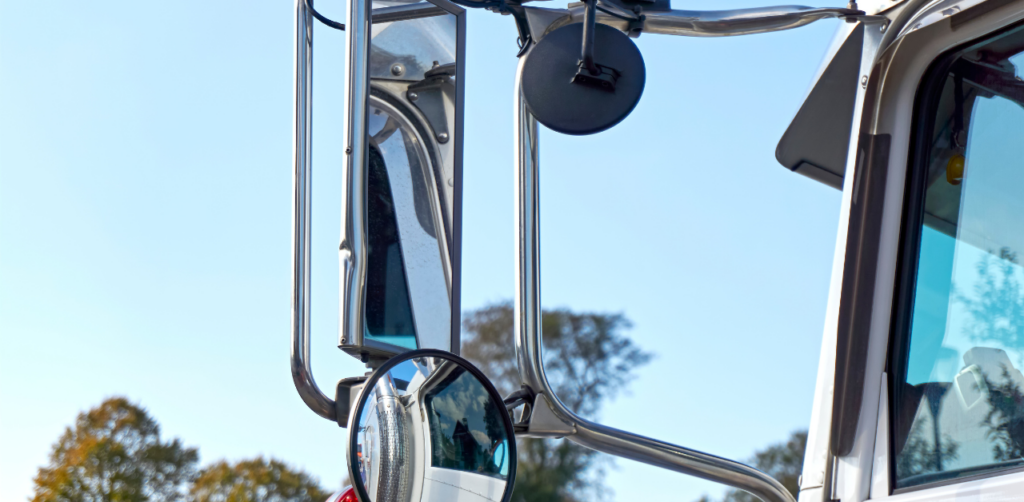Blind Spot Car Accident in Las Vegas, NV

Free Confidential Consultation for Human Trafficking Victims
Free Confidential Consultation for Human Trafficking Victims


Blind spot collisions typically result from driver inattention, misjudgment, or improper use of mirrors and detection systems. One of the most frequent causes is failing to check blind spots before changing lanes. When a driver attempts to merge or shift lanes without fully scanning their rear view mirror, side mirrors, or physically turning their head, they can easily hit another vehicle hidden from view.
Another key contributor is mirror misalignment. Many rear-end collisions and lane-change crashes happen because the driver’s side mirrors are not correctly positioned to minimize blind zones. In older or less advanced vehicles without blind spot information systems, this becomes an even bigger issue. Blind spot mirrors and blind spot detection systems can help, but they require the driver’s active attention.
Fatigue, distraction, and aggressive driving also increase the likelihood of such accidents. Texting while driving or road rage behaviors can make it nearly impossible to identify other vehicles in adjacent lanes. Truck accidents, in particular, are especially dangerous due to the size and scope of a truck’s blind spot.
By practicing safe driving habits, attending a defensive driving course, and staying alert, drivers can significantly prevent blind spot accidents and reduce roadway risks.
Being involved in a blind spot accident can be a disorienting and stressful experience. Whether it was a minor sideswipe or a severe rear-end collision, your first priority should be safety. Move your vehicle to a secure location if possible and call emergency services immediately. Even if injuries aren’t visible, always seek medical attention right away. Many serious injuries, such as whiplash or internal trauma, may not show symptoms immediately but can worsen over time.
Next, gather as much evidence as you can at the scene. Take photographs of the vehicles, road conditions, and any visible injuries. Exchange contact and insurance information with the other driver, and collect police reports once they’re filed. These steps can help your personal injury lawyer prove fault and determine liability in a legal claim.
Avoid discussing the accident with the insurance company until you’ve spoken with a qualified personal injury attorney like those at THE702FIRM Injury Attorneys. Insurance providers may try to reduce payouts or assign blame unfairly. Legal counsel ensures your rights are protected, helping you seek compensation for damages during this challenging time.
After sustaining injuries in a blind spot accident, your primary concern may be how to cover your medical expenses, support your family, and manage recovery. These accidents can result in lost wages, long-term disability, and emotional trauma. Fortunately, the law allows victims to seek compensation from the at-fault driver or their insurance provider. However, getting the maximum compensation you deserve often requires strategic legal action.
An experienced personal injury attorney, like our legal team at THE702FIRM Injury Attorneys, will evaluate your case by assessing:
We also consider the emotional and psychological impact of the accident. For example, someone suffering from post-traumatic stress or chronic pain should be compensated accordingly.
Our firm will negotiate aggressively with the insurance company and, if needed, take the case to trial to ensure justice is served. Our attorney’s ability to gather evidence, obtain expert witness testimony, and present a compelling argument can be the difference between a denied claim and a life-changing fair compensation award.
Most importantly, we offer a free consultation, so you can understand your legal options without financial pressure. Don’t let the burden fall on you, and get the support you need to fight back.
One of the most important steps in a blind spot accident case is determining liability. Unlike rear-end collisions, where fault is typically more straightforward, blind spot crashes can be complex. Liability often depends on whether the at-fault driver failed to check their blind spot before changing lanes, merging, or turning. Proving this failure is critical, and it usually requires substantial evidence, including:
In multi-lane traffic scenarios, drivers are expected to stay within their lane unless it is absolutely safe to change. This is particularly important for truck drivers, who must be extra cautious due to the vehicle’s blind spots. If a driver strikes another vehicle while entering an adjacent lane, they may be found negligent for not ensuring the lane was clear.
Your personal injury lawyer will work to show that the driver did not fulfill their duty of care. They may use blind spot information systems records, surveillance videos, and traffic data to support your claim. Legal support is essential in these cases, especially when dealing with commercial trucks, which often involve corporate insurers and complex legal structures. Proper representation helps victims recover compensation and secure a fair settlement.
With the rise of advanced driver assistance systems (ADAS), technology now plays a pivotal role in reducing blind spot collisions. Features like blind spot detection systems and blind spot warning systems are becoming standard in modern vehicles. These technologies use radar or cameras to monitor the driver’s blind spot, alerting them if another car is present.
Blind spot information systems not only enhance driver awareness but also compensate for human error, which is a leading cause of blind spot accidents. These systems provide visual or audio alerts when a vehicle in their blind spot is detected, helping to avoid blind spot accidents during lane changes or merging.
While no technology can completely eliminate the danger, these innovations increase road safety. Incorporating these tools and remaining attentive behind the wheel represents a modern approach to practicing safe driving habits and reducing the likelihood of motor vehicle accidents.

If you’ve been involved in a blind spot accident, our team at THE702FIRM Injury Attorneys is here to help. Your first step toward justice and maximum compensation starts with a free consultation. Don’t accept less than what you deserve. Call us at (702) 478-2266 or schedule a consultation online today to speak with a trusted personal injury lawyer.